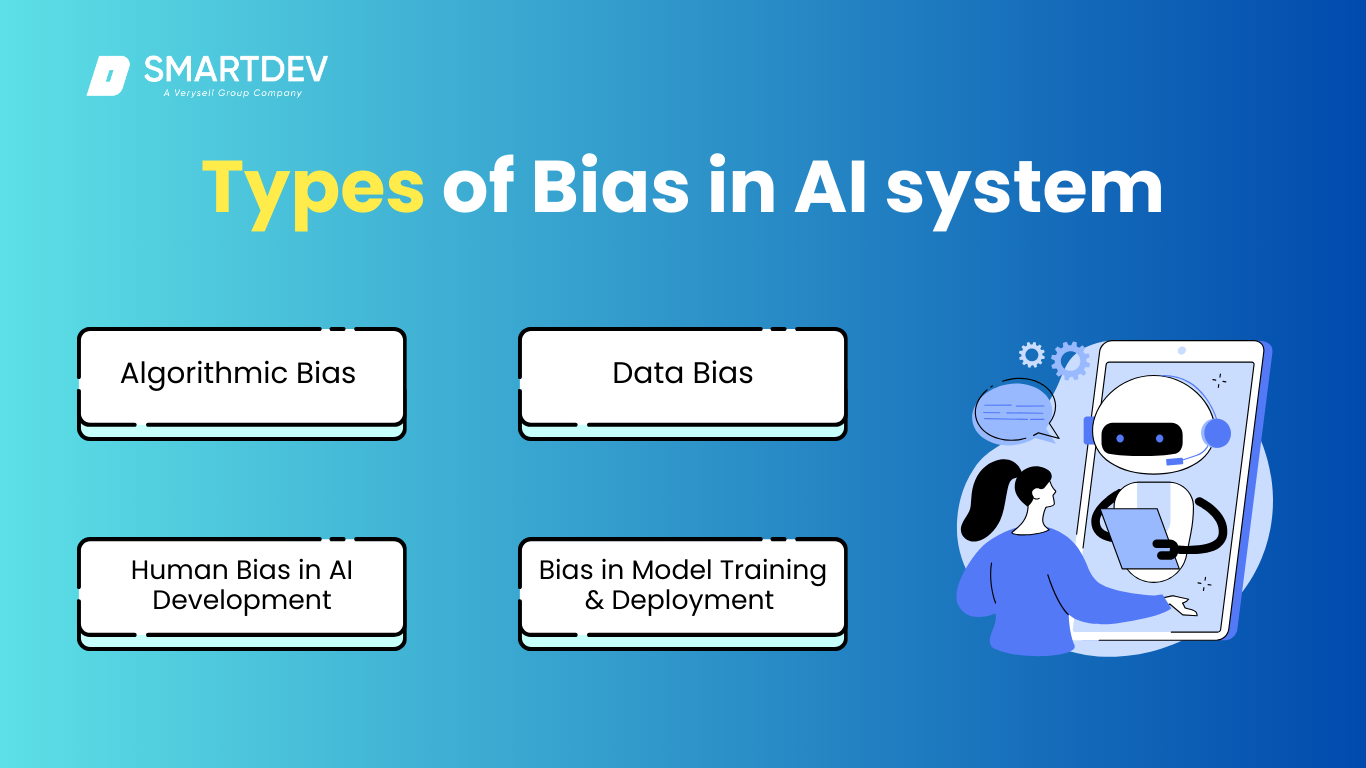Imagine an algorithm designed to predict heart disease. Trained on decades of patient data, it excels—unless you’re a woman. Studies reveal such models often underestimate female risk, their accuracy skewed by historical underrepresentation in clinical trials. This isn’t a glitch; it’s a glaring symptom of bias embedded in artificial intelligence with machine learning. As artificial intelligence in healthcare revolutionize, the urgency to confront these flaws grows. Here’s how innovators are reengineering systems to prioritize equity.
The Silent Saboteur: How Bias Creeps Into Healthcare AI
Bias isn’t always malicious—it’s often born from oversight. Training data might exclude marginalized groups, like rural populations lacking digital health access. Diagnostic tools trained on lighter skin tones misread conditions on darker skin. Even workflow-focused AI can perpetuate disparities, like prioritizing urban hospitals for resource allocation. These issues stem from gaps in data diversity and a lack of multidisciplinary input during development.
The R.O.A.D. Map to Ethical AI: A Framework for Fairness
Leading programs now teach frameworks like R.O.A.D. (Responsibility, Oversight, Accountability, Data Governance) to combat bias. For instance:
Responsibility: Assign cross-functional teams—clinicians, ethicists, data scientists—to audit models.
Oversight: Implement real-time monitoring for algorithmic drift, where AI performance degrades as patient demographics shift.
Accountability: Require transparency reports explaining how models make decisions, accessible to regulators and patients.
Data Governance: Curate datasets representing age, gender, ethnicity, and socioeconomic diversity, ensuring no group is statistically erased.
Beyond Accuracy: Metrics That Measure Justice
Traditional metrics like F1 scores or accuracy fall short in healthcare equity. Forward-thinking courses now emphasize:
Disparate Impact Ratio: Comparing outcomes across subgroups to flag biased predictions.
Calibration Equity: Ensuring risk scores are equally reliable for all demographics.
Counterfactual Fairness: Testing if decisions change unfairly for hypothetical patients differing only in protected attributes (e.g., race).
A diabetic risk model might achieve 90% accuracy overall but fail catastrophically for Indigenous populations due to genetic or lifestyle factors absent in training data. New metrics spotlight these gaps.
The Human Firewall: Why Clinicians Must Co-Pilot AI
A machine learning model predicts sepsis six hours early—but ignores a patient’s inability to afford antibiotics. This is where human-AI collaboration shines. Training programs now simulate clinician-AI dialogues, teaching professionals to:
Interrogate Outputs: Ask, “What socioeconomic factors might this model be missing?”
Override Judiciously: Balance algorithmic suggestions with bedside intuition.
Provide Feedback Loops: Annotate AI errors to refine future iterations.
Case Study: Fixing a Fractured Algorithm
In 2022, a hospital’s AI prioritization tool for ICU admissions consistently deprioritized elderly patients. A team redesigned it using:
Graph Analytics: Mapping comorbidities and social determinants (e.g., living alone).
Epidemiological Models: Integrating community infection rates to contextualize individual risk.
Patient Advisory Panels: Including seniors in the development process.
Post-revision, the model reduced age-based disparities by 68%, proving that inclusivity is technically achievable.
Tools of the Trade: Building Bias-Aware AI
Modern curricula equip learners with open-source tools to dismantle bias:
Fairlearn: Identifies and mitigates unfairness in classification models.
AI Fairness 360: Offers 70+ metrics to evaluate equity across race, gender, and more.
SHAP (SHapley Additive exPlanations): Visualizes how input variables affect predictions, exposing hidden biases.
Hands-on projects might involve de-biasing a chest X-ray dataset or auditing an NLP model for stigmatizing language in mental health notes.
The Leadership Imperative: Scaling Fairness Beyond the Lab
Ethical AI requires organizational buy-in. Courses now train leaders to:
Champion Diverse Teams: Hire data scientists from non-traditional backgrounds (e.g., social work, public health).
Adopt Explainable AI (XAI): Use interpretable models in high-stakes decisions, avoiding “black box” reliance.
Navigate Regulatory Landscapes: Align with HIPAA, GDPR, and emerging AI-specific laws to avoid legal blowback.
Education as the Great Equalizer
Specialized programs are bridging the gap between theory and practice. Participants learn to:
Simulate Real-World Scenarios: Design AI for opioid addiction prediction while addressing stigma.
Conduct Bias Audits: Partner with rural clinics to test tools in low-resource settings.
Debate Ethical Dilemmas: Should an AI allocate scarce ventilators during a pandemic? If so, based on what criteria?
Graduates emerge not just as coders, but as architects of trust in artificial intelligence in healthcare.
The Horizon: AI That Heals Equally
The future demands AI that doesn’t just work—but works for everyone. Innovations on the rise include:
Federated Learning: Training models across decentralized datasets to include underrepresented communities.
Synthetic Data Generators: Creating artificial minority patient records to balance skewed datasets.
Cultural Competency Modules: Teaching AI to recognize regional health beliefs impacting treatment adherence.
Your Role in the Revolution
Combating bias isn’t a spectator sport. Whether you’re a developer, clinician, or policymaker:
Demand Transparency: Ask vendors how their models handle bias.
Advocate for Diversity: Push for inclusive data collection in your organization.
Lifelong Learning: Stay updated on tools like graph analytics or fairness metrics.
In healthcare, biased algorithms aren’t just inaccurate—they’re unjust. Yet with the right frameworks, tools, and collective resolve, artificial intelligence with machine learning can become a force for equity. The goal isn’t perfection, but progress: systems that heal not just bodies,but the fractures in our healthcare system itself.



